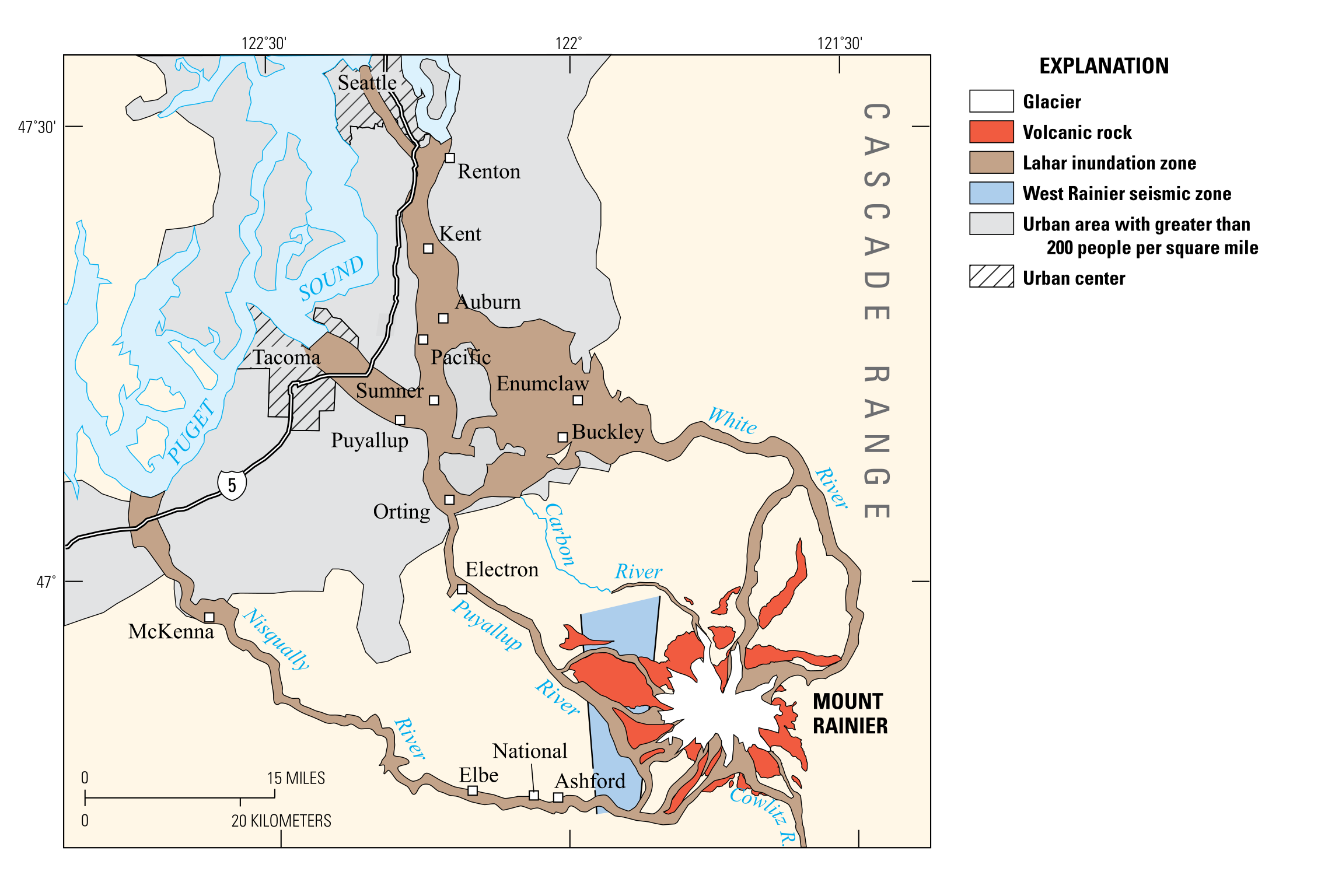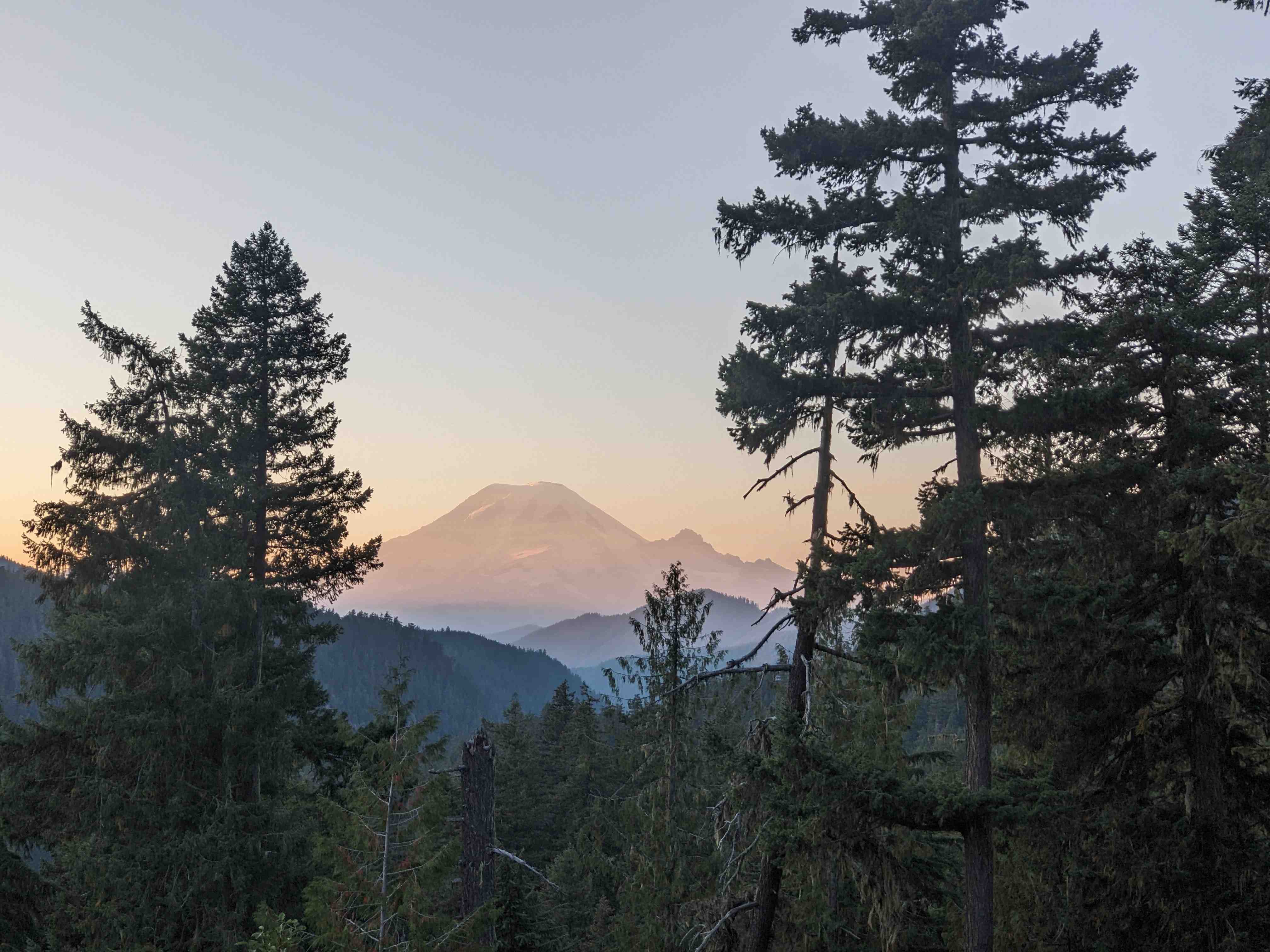The Little Ranger Peak Loop at Mount Rainier is a challenging 21.8-mile trail that offers breathtaking views of the surrounding landscape. This loop trail, starting from the White River Trail, takes hikers through old-growth forests, along winding switchbacks, and up to an elevation of 5,010 feet. With a total elevation gain of about 2,500 feet, the Little Ranger Peak Loop provides a diverse hiking experience, showcasing the beauty of Mount Rainier National Park.
What is the Trail Length and Type of the Little Ranger Peak Loop?

The Little Ranger Peak Loop is a circular trail that spans approximately 21.8 miles. As a loop trail, it offers hikers the advantage of starting and ending at the same point, eliminating the need for a shuttle or return trip. This trail type allows for a varied experience throughout the hike, as you’ll encounter different terrains and views along the way.
Key features of the trail include:
- Total distance: 21.8 miles
- Trail type: Loop
- Trailhead location: Accessed via the White River Trail
Where is the Trailhead Located?

The trailhead for the Little Ranger Peak Loop is strategically located near the White River Trail. To access it, hikers need to:
- Follow the White River Trail south along the highway
- Look for the trailhead of the Ranger Creek Trail
- Begin the Little Ranger Peak Loop from this point
This location serves as both the starting and ending point of your adventure, making it convenient for parking and planning your hike.
What is the Elevation Profile of the Little Ranger Peak Loop?
Understanding the elevation profile is crucial for preparing for the Little Ranger Peak Loop hike. Here’s a breakdown of the elevation changes you’ll encounter:
| Elevation Aspect | Measurement |
|---|---|
| Total Elevation Gain | ~2,500 feet |
| Highest Point | 5,010 feet |
| Starting Elevation | Not specified (lower valley) |
The trail’s elevation profile can be described as follows:
- Initial 2 miles: Gradual climb through the valley
- Middle section: Several long, winding switchbacks
- Final approach: Steeper ascent to the summit area
This varied elevation profile contributes to the trail’s moderate to challenging rating and provides hikers with diverse views and experiences throughout the journey.
What Are the Key Landmarks Along the Little Ranger Peak Loop?
As you traverse the Little Ranger Peak Loop, you’ll encounter several notable landmarks and features:
- Old-growth forest: Experience the majesty of ancient trees
- Mount Rainier views: Enjoy spectacular vistas of the iconic mountain
- White River valley: Witness the beauty of the river-carved landscape
- Deciduous tree sections: Offer stunning fall colors in the right season
- Palisades Trail intersection: Provides an alternative descent route
- Near-summit viewpoint: Offers views comparable to the true summit
These landmarks not only serve as navigational aids but also enhance the overall hiking experience, providing opportunities for rest, photography, and appreciation of the natural beauty.
What Amenities are Available at the Trailhead?
While the Little Ranger Peak Loop offers a wilderness experience, it’s important to note the limited amenities available at the trailhead:
- Parking: Available, but capacity details are not specified
- Restrooms: Not mentioned; prepare for wilderness conditions
- Water sources: Not specified; bring ample water supplies
- Information kiosks: Likely present, but not confirmed in sources
Given the trail’s length and remote nature, hikers should come prepared with all necessary supplies and be self-sufficient throughout the journey.
How Challenging is the Little Ranger Peak Loop?
The Little Ranger Peak Loop is considered a moderately challenging to difficult hike due to several factors:
- Length: At 21.8 miles, it requires significant endurance
- Elevation gain: 2,500 feet of climbing tests physical fitness
- Trail conditions: Varied terrain from valley floor to near-summit areas
- Navigation: Less frequented trail may require good orienteering skills
- Weather variability: Conditions can change rapidly at higher elevations
- Wildlife encounters: Possibility of meeting various animals in their habitat
Hikers should be well-prepared, physically fit, and experienced in long-distance trails to tackle this loop safely and enjoyably.
What is the Best Time to Hike the Little Ranger Peak Loop?
The optimal time to hike the Little Ranger Peak Loop depends on several factors:
- Summer (July-August): Peak season with best weather conditions
- Fall (September-October): Beautiful foliage but cooler temperatures
- Spring (May-June): Potential for lingering snow and higher water levels
- Winter: Not recommended due to snow and hazardous conditions
Consider the following when planning your hike:
- Snow levels: Check recent trail reports for snow conditions
- Daylight hours: Ensure sufficient light for the long journey
- Temperature: Prepare for variability, especially at higher elevations
- Crowd levels: Summer may be busier, while shoulder seasons offer more solitude
What Should Hikers Pack for the Little Ranger Peak Loop?
Given the length and remote nature of the Little Ranger Peak Loop, proper packing is essential. Here’s a comprehensive list of items to consider:
- Navigation: Map, compass, and/or GPS device
- Sun protection: Sunscreen, hat, and sunglasses
- Insulation: Layers appropriate for variable weather
- Illumination: Headlamp or flashlight with extra batteries
- First-aid supplies: Including any personal medications
- Fire: Matches or lighter in waterproof container
- Repair kit and tools: Multi-tool, duct tape, knife
- Nutrition: Extra food beyond what you think you’ll need
- Hydration: Water and water treatment method
- Emergency shelter: Tent, bivy, or emergency blanket
- Communication: Whistle and cell phone (service may be limited)
Remember to adhere to Leave No Trace principles and pack out all trash.
How Can Hikers Prepare for Wildlife Encounters on the Trail?
The Little Ranger Peak Loop traverses diverse habitats that are home to various wildlife. To prepare for potential encounters:
- Research local wildlife: Understand what animals you might see
- Carry bear spray: Know how to use it properly
- Make noise: Alert animals to your presence to avoid surprises
- Store food properly: Use bear-resistant containers or hang food
- Observe from a distance: Never approach or feed wildlife
- Know what to do: Learn appropriate responses for different animal encounters
By respecting wildlife and their habitat, hikers can ensure a safe and memorable experience on the trail.
The Little Ranger Peak Loop at Mount Rainier offers a challenging and rewarding hiking experience for those prepared to tackle its length and elevation gain. With proper planning, equipment, and respect for the environment, this trail provides unparalleled views and a true wilderness adventure in one of America’s most iconic national parks.
